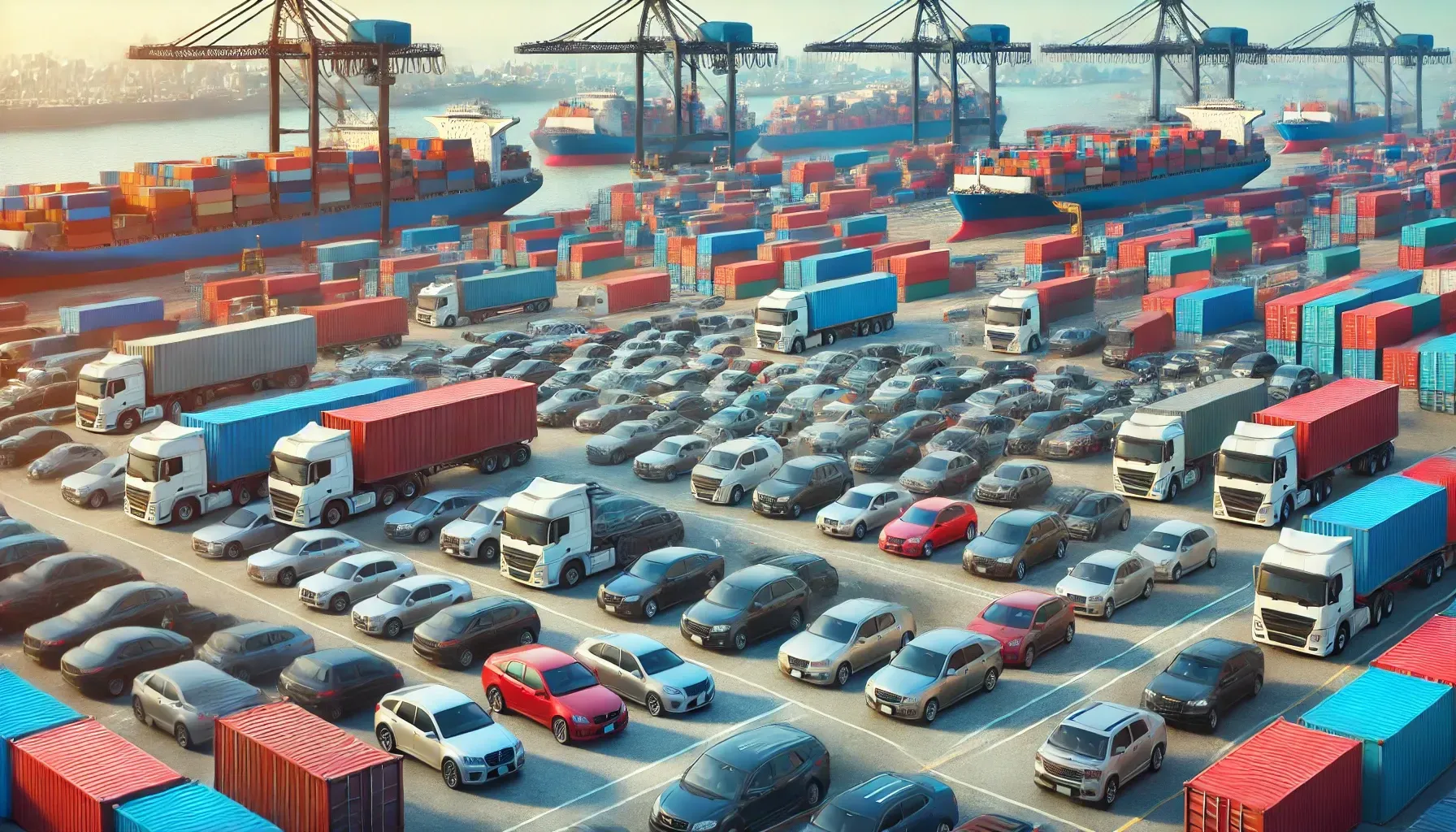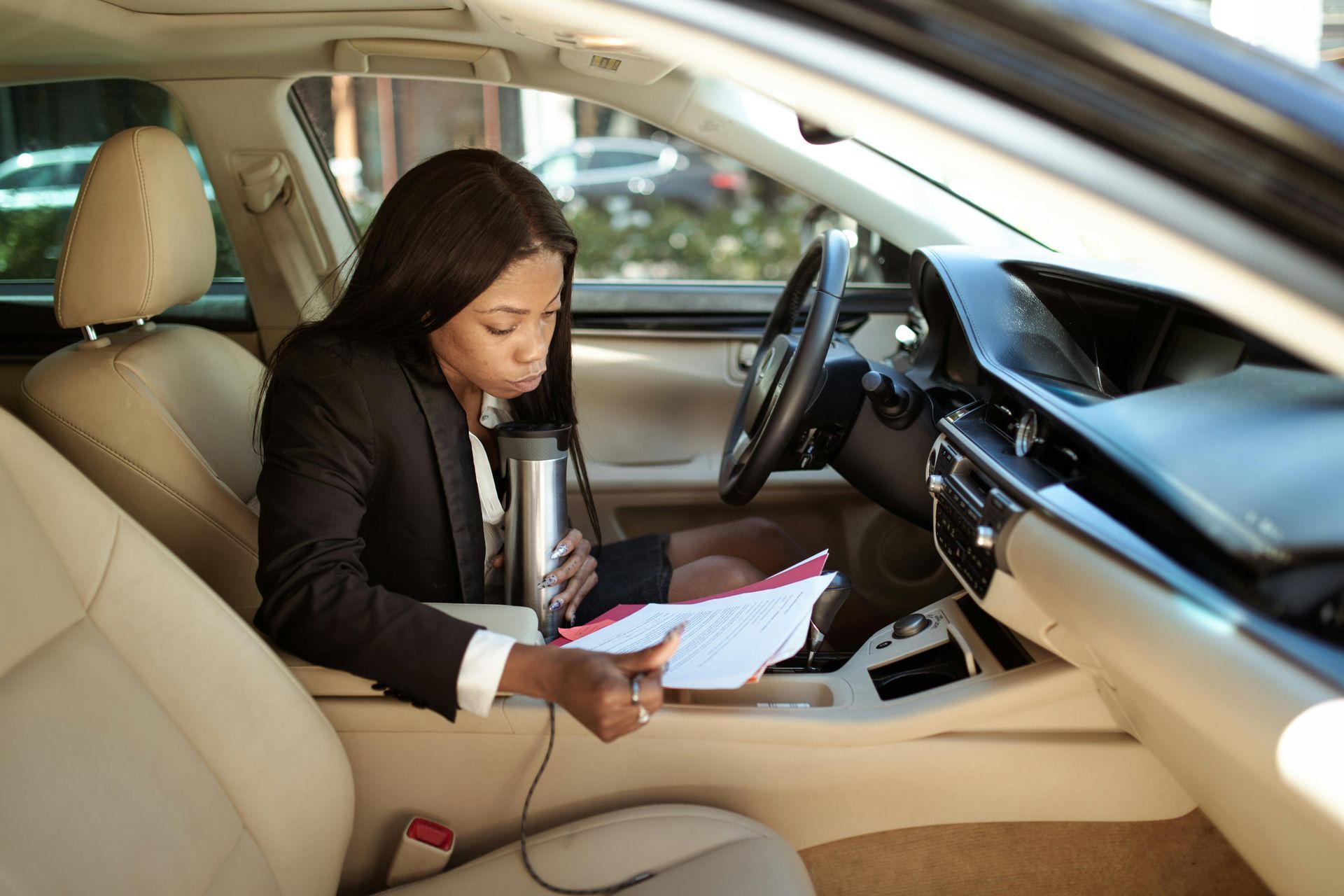Vehicle Transport for Snowbirds: How to Make Seasonal Travel Easy
September 16, 2024
Why Snowbirds Choose Vehicle Transport for Seasonal Moves?
Who Are Snowbirds?
Snowbirds are people, often retirees, who travel to warmer places during the colder months. These seasonal travelers leave their homes in colder areas, like the northern U.S. or Canada, to spend winter in sunny spots. Snowbirds usually head south between October and April to avoid snow and freezing temperatures.
Popular Snowbird Destinations
Many snowbirds choose warm states like:
- Florida: Known for its beaches, sunny weather, and many activities for retirees.
- Arizona: Famous for its beautiful desert landscapes and mild winter weather.
- Texas: Offers both warm temperatures and a low cost of living.
These places give snowbirds a chance to enjoy outdoor activities like golfing, hiking, or simply relaxing by the beach, all while avoiding the harsh winter conditions of their home states.
For snowbirds, traveling by air is common, but many also want to bring their own car to get around. This is where car shipping services become useful. Instead of driving long distances, snowbirds can ship their cars and enjoy the convenience of having their own vehicle when they arrive at their winter destination.
Why Snowbirds Need Vehicle Shipping Services
Snowbirds often need car shipping services to make their seasonal move easier and stress-free. Here’s why shipping your car can be a great idea:
1. Convenience: Save Time and Money
Bringing your own car to your winter destination saves you the hassle of renting a vehicle. Rental costs can add up quickly, especially for long stays. By shipping your car, you’ll save money in the long run, and you won’t have to spend time searching for a rental car. Plus, your car will be waiting for you when you arrive, ready to use!
2. Safety: Avoid Long, Risky Drives
Driving long distances can be tiring, especially for older travelers. A road trip from northern states to Florida or Arizona can take several days, which can be physically demanding. By shipping your car, you avoid the risks of long drives, like bad weather or breakdowns. Instead, you can fly comfortably and have your car delivered safely to your destination.
3. Flexibility: Enjoy Your Own Vehicle
Having your own car gives you the freedom to explore your winter home at your own pace. You’re already familiar with your vehicle, making it easier to get around. With your car, you don’t have to worry about unfamiliar rental cars or following strict return policies. You can enjoy your stay with the comfort and flexibility of your own vehicle.
Top Considerations When Shipping a Car for Seasonal Travel
If you’re a snowbird planning to ship your car, there are a few key things to keep in mind. These will help you save money and make sure your car gets to your destination safely.
1. Timing: Schedule Early for Peak Snowbird Season
The snowbird season usually starts in the fall, with many people heading south between October and November. This is a busy time for car shipping, so it’s important to book your service early. If you wait too long, it might be harder to find available shippers, and prices could be higher due to the high demand. Booking ahead of time gives you more options and ensures that your car arrives when you need it.
2. Cost: How Pricing Works for Car Shipping
Car shipping costs can vary depending on the time of year. During peak snowbird season, prices might go up because more people are shipping their cars. Other factors, like the distance between your home and destination, the type of transport (open or enclosed), and the size of your vehicle, will also affect the cost. To get the best deal, compare quotes from different companies and book early to avoid price hikes.
3. Choosing the Right Shipping Company: What to Look For
Picking the right car shipping company is essential for a smooth experience. Here are a few things to check:
- Reputation: Look for customer reviews and ratings to see how reliable the company is.
- Experience: Choose a company that specializes in long-distance or seasonal car shipping for snowbirds.
- Insurance: Make sure the company offers insurance to cover any potential damages during transport.
- Licensing: Confirm the company is licensed and registered with the Department of Transportation for legal and safe services.
Shipping Methods: Which One Is Best for Snowbirds?
When shipping your car as a snowbird, you’ll need to choose the right transport method. The two main options are open transport and enclosed transport. You should also consider door-to-door service for added convenience.
1. Open vs. Enclosed Transport: Which Is Right for You?
- Open Transport: This is the most common and affordable way to ship your car. Your vehicle is loaded onto an open trailer along with other cars. While it’s exposed to the weather, open transport is still very safe and reliable. If you’re looking for a budget-friendly option, this is a great choice for most snowbirds.
- Enclosed Transport: If you have a luxury, classic, or expensive car, enclosed transport might be better. Your car is shipped in a covered trailer, protecting it from the elements like rain, snow, or dirt. While this option costs more, it provides extra peace of mind if you’re concerned about your car’s condition during the trip.
2. Door-to-Door Service: Simple and Convenient
With door-to-door service, the shipping company picks up your car from your home and delivers it right to your winter destination. This saves you the hassle of dropping off or picking up your car at a terminal. It’s especially useful for snowbirds because you won’t have to arrange transportation to or from a shipping hub. Door-to-door service simplifies the process and makes the entire experience more convenient, so you can focus on enjoying your seasonal move.
Tips for Preparing Your Vehicle for Seasonal Shipping
Before you ship your car for your snowbird trip, it’s important to get your vehicle ready. Proper preparation will make sure your car arrives in the same condition it was in when it left. Here are some simple tips to follow:
1. Clean Your Car and Check for Damages
Give your car a good wash, inside and out, before shipping. A clean car makes it easier to spot any scratches, dents, or other damage that may already be there. It’s a good idea to take pictures of your car from different angles before shipping. This way, if any damage happens during transport, you’ll have proof of its previous condition.
2. Remove Personal Belongings for Safety
Take out any personal items from your car before it gets shipped. This includes things like GPS devices, phone chargers, or any valuables. Shipping companies often don’t allow personal belongings in the car, and leaving them there can add extra weight or cause items to shift and get damaged during transport. Removing everything keeps your car safe and helps avoid any potential issues.
3. Ensure the Car Is in Good Working Condition
Make sure your car is in good shape before shipping. Here’s a quick checklist:
- Check fluid levels: Ensure oil, coolant, and other fluids are at proper levels.
- Battery: Make sure the battery is fully charged and functioning properly.
- Tires: Ensure your tires are properly inflated and in good condition.
How to Coordinate Your Shipping Around Your Travel Schedule
Planning your car shipping to match your travel schedule is important for a smooth move. Here’s how to make sure your car is shipped at the right time and what to expect.
1. Aligning Shipping Dates with Your Departure/Arrival
To ensure your car is ready when you arrive at your winter destination, it’s best to schedule your car shipping a few days before you leave. This way, your vehicle will be on its way while you travel. If you want to be sure your car is waiting for you when you arrive, you can ask the shipping company about delivery options to fit your timeline. It’s always a good idea to plan ahead and book your shipping early, especially during the busy snowbird season.
2. How Long Car Shipping Typically Takes and What to Expect
The time it takes to ship a car depends on the distance between your home and destination. For example:
- Cross-country shipping (like from New York to Florida) can take about 5 to 7 days.
- Shorter distances might take just 2 to 3 days.
Remember that factors like weather, road conditions, and traffic can affect delivery times. Be sure to ask your shipping company for an estimated delivery window. This way, you’ll know when to expect your car, and you can plan your travel accordingly.
Tips and Tricks: What to Do at Your Snowbird Destination
Once you’ve shipped your car and arrived at your winter getaway, it’s time to settle in and enjoy your snowbird lifestyle. Here are some great activities and tips to make the most of your stay.
1. Explore the Best Snowbird-Friendly Activities
- Florida: Known for its sunny beaches, Florida offers plenty of outdoor activities. You can take scenic drives along the coast, visit world-famous theme parks, or explore nature trails in places like the Everglades. Don’t forget to enjoy local golf courses or fishing spots, both favorites among snowbirds.
- Arizona: Arizona’s mild winters and beautiful desert landscapes are perfect for hiking and sightseeing. Check out the Grand Canyon or enjoy the peaceful views at Sedona’s red rock formations. Many snowbirds also enjoy birdwatching or taking leisurely strolls in the many national parks.
2. Essential Tips for Setting Up Your Home-Away-from-Home
- Stay Connected: Make sure to set up your utilities (electricity, internet, and cable) ahead of time so you’re comfortable from day one.
- Meet the Neighbors: Get to know other snowbirds and locals in your area. Many communities in popular snowbird destinations offer social events, which are great for making new friends.
- Explore Local Markets: Visit nearby farmers' markets or local grocery stores to stock up on fresh, seasonal produce and other essentials for your stay.
- Stay Active: Join fitness groups or local gyms to stay active and meet others. Many snowbird communities have activities like water aerobics, tennis, or yoga.
These tips will help you enjoy a smooth transition to your winter home and make the most of your time in the sun!














